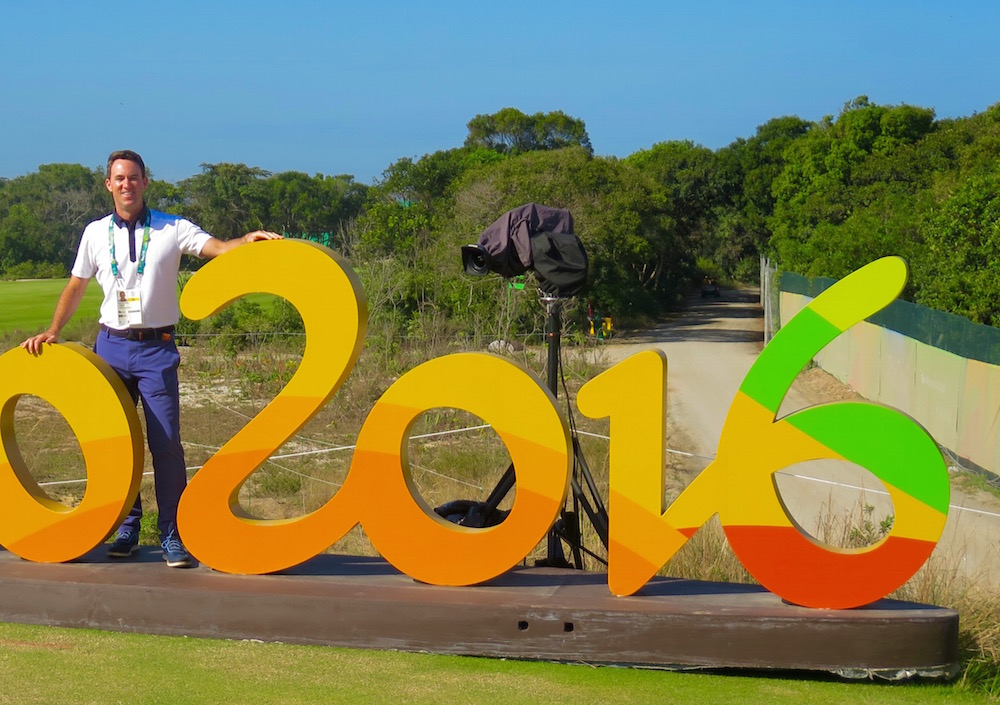Golf.com's Oral History Of The '16 U.S. Open Rules Controversy
/As always I urge you to hit the link to Golf.com's oral history of last year's U.S. Open rules controversy to get full context. It's a fascinating read both because of the views expressed and by those who were not quoted from the USGA.
 Michael Bamberger, Jessica Marksbury, Josh Sens, Alan Shipnuck, Marika Washchyshyn and Sean Zak offered the reporting and clipping from public comments.
Michael Bamberger, Jessica Marksbury, Josh Sens, Alan Shipnuck, Marika Washchyshyn and Sean Zak offered the reporting and clipping from public comments.
The story is encouraging for those not wanting to see a repeat, as John Bodenhamer's comments representing the USGA suggest lessons have been learned, actions taken and a process in place for future incidents.
Discouraging, however, is that a year later no one but the officials who decided to penalize Dustin Johnson for causing his ball to move on the 5th green can say they see evidence of the violation.
We've since seen two changes in the rules to address this (and here), and Johnson's word would be taken if this all happened again. Again, I suggest reading the entire oral history if this topic interests you. However a few key comments stood out that I found worthy of noting, starting with this from the Fox perspective:
DAVID FAY (former USGA executive director and rules analyst for Fox Sports): On Sunday morning, I was watching from the booth, and [French golfer] Romain Wattel's ball moved on the 2nd green. It looked like he caused the ball to move and there was going to be a penalty. It appeared that it was going to be an issue. But the official with that group, Lew Blakey, is one of the best there is. And he was right on the case and he gave a decision right away. He said something to the effect of, "Well, the wind was blowing in such and such a direction and with the slope of the green … there was no way he was going to assess a penalty." I remember saying after that, "Well, fellas, now at least you have template for how this should be handled in the unlikely event that anything like this happens later in the day."
And this from Fox Sports producer Mark Loomis.
LOOMIS: We had the good fortune of being there live for it and having a microphone in the hole. I think those two things simplified it for us. If you look back at the video, at the time it seemed like everybody agreed that he hadn't caused the ball to move.
This is key to note for the next rules issue:
BODENHAMER: The next day [after the Open], Mike Davis tasked me to review what had happened and to come up with proposals to make sure nothing like that happened again. We determined that it took us too long to make a decision, and we've remedied that. We've remedied how we mobilize our rules officials and how we review video evidence. In 17 days, we had a whole new line of procedures in place to make sure that nothing like that ever happens again.
This from SI writer Alan Shipnuck is a handy reminder:
SHIPNUCK: The USGA would have never recovered if Dustin had this tournament taken away from him. I hope the blue coats say a little prayer every day for Dustin Johnson. As for DJ, this guy is more mentally tough than we give him credit for. He's taken so many punches to the solar plexus, and he just keeps coming back. I'm not sure how many players could have survived that. It made the victory that much sweeter.
And then there is this from two-time U.S. Open champion Curtis Strange, who was working for Fox and says the USGA "hijacked" the championship.
STRANGE: When it was over, the deep feeling I had was disappointment. This is our national championship. And it was hijacked by the governors of the game. The USGA clearly admits this: They should have told Dustin on the spot. That's why I say it was hijacked. Because nobody knew what was going on.
And...
STRANGE: It should have never have been a penalty. Because when you have greens that are 14 on the Stimpmeter, anything can cause that ball to move. You can be 15 feet away and cause that ball to move. That's why they changed the rule, and it's a good thing they did.

















